You don't need to go to Japan to visit Moriyama House!
This month we visited the exhibition 'The Japanese House: Architecture and Life after 1945' at none other than at the Barbican Centre, in the middle of London's prominent post-war development of brutalism. London and Japan's approach to post-war architecture are definitely on opposite ends, we have agreed that it is much 'lighter' in Japan. What do you think?
Don't expect this exhibition to be a conventional art gallery with only just 2D drawings, sketches and photographs, intricate yet minimalist models are indeed involved... and full scaled too!
Japan is a country with distinct architecture of unique architectural styles, due to the culture and natural conditions of the country, the buildings are usually only built to last for one generation. You will find that there are never any massive public housing, but individual pre-fabricated homes as an experiment to adapt to change. However, they tend to share the common theme of being in touch with nature, and a sense of simplicity and lightness.
Here are our favourites at the exhibition:
A full-scaled reproduction of Moriyama House by the Pritzker winner Ryue Nishizawa (SANAA). You will also find a rather interesting and entertaining film filmed by Beka & Lemoine, (with comfy cushions on the floor!), interviewing Yasuo Moriyama, the 79-year-old owner and a hermit, whom has never left Japan, only living in his private universe at the Moriyama House.
As we weaved in and out of the narrow courtyards between the houses, we can really feel the sense of orderly in intimate spaces. The windows of the house are large-scaled giving no sense of boundary or privacy (yes, we examined every nook and cranny as we imagined how the owner lives here, well the real house), the integration of the indoors to the outdoors are specifically designed for Moriyama to laze around doing his favourite activity - reading, and absorbing the nature. He even has sliding bookshelves so it saves space and are completely accessible. The Japanese really utilizes every square meter! (Even the space under the stairs were occupied with a table!)
Immersing you fully into the Japanese culture, "Please take your shoes off and place them inside the shoe rack" inside this beautifully crafted Tea House elevated on stilts above a surreal garden designed by Terunobu Fujimori. With an unusual whimsical outlook, the exterior is alternate bands of hand-charred timber and white plaster, the result is a counterpoint to the contemporary minimalism of the Moriyama House, emphasizing the importance of hand-made, the material, and the fantastical in Japanese design.
Further into the exhibition, we explore key themes and movements in Japanese architecture through drawings, photographs, short films and smaller models.
Lightness and lightweight materials have always been a key feature to Japanese architecture, a fine example is the NA house, with no internal walls, it maximizes the natural light.
The exhibition is the first major UK exhibit that purely focuses on Japanese domestic architecture from the end of Second World War to now. Featuring over 40 Japanese architects from internationally renowned contemporary architects to figures that are less known to the outside of Japan.
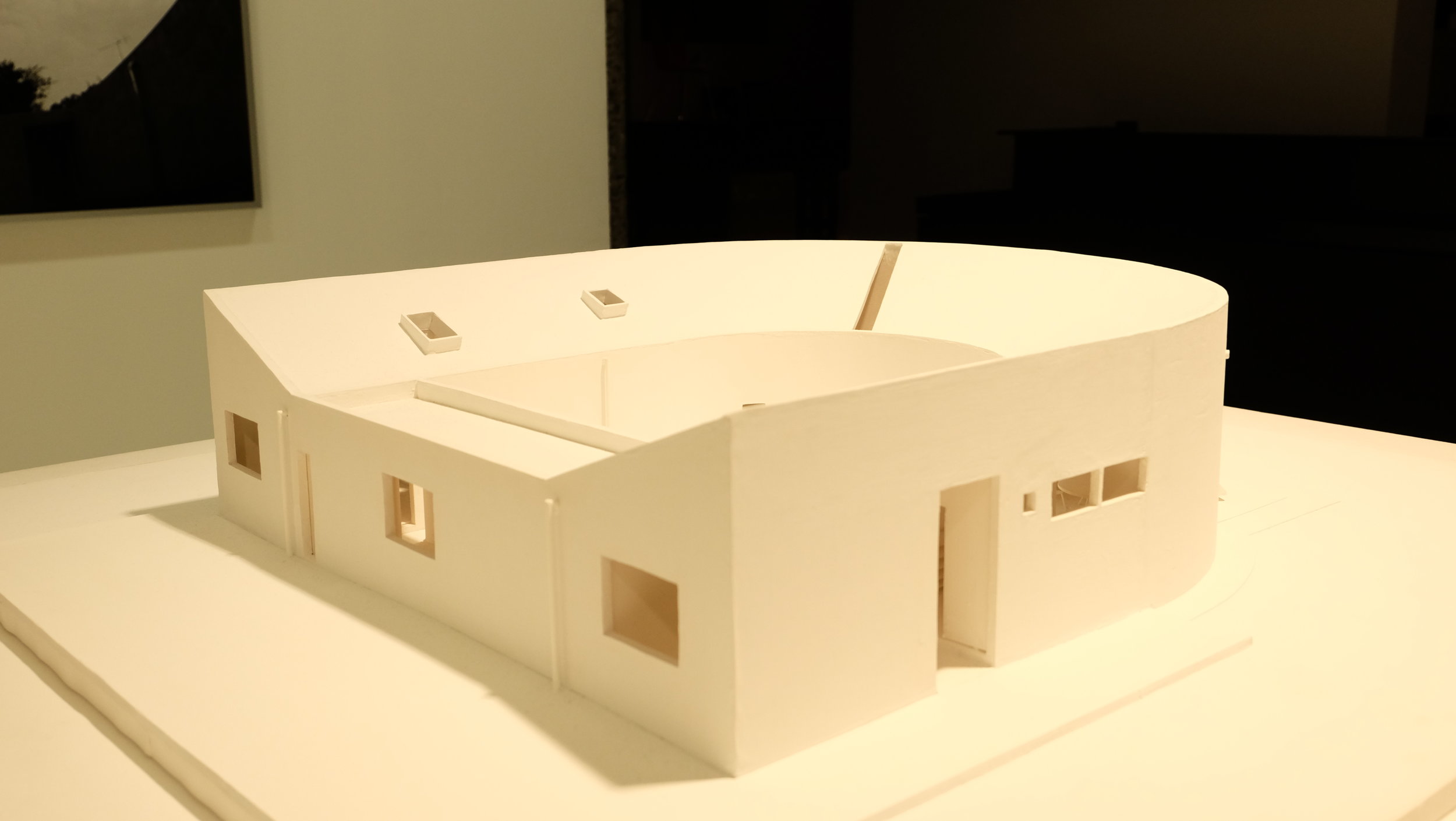

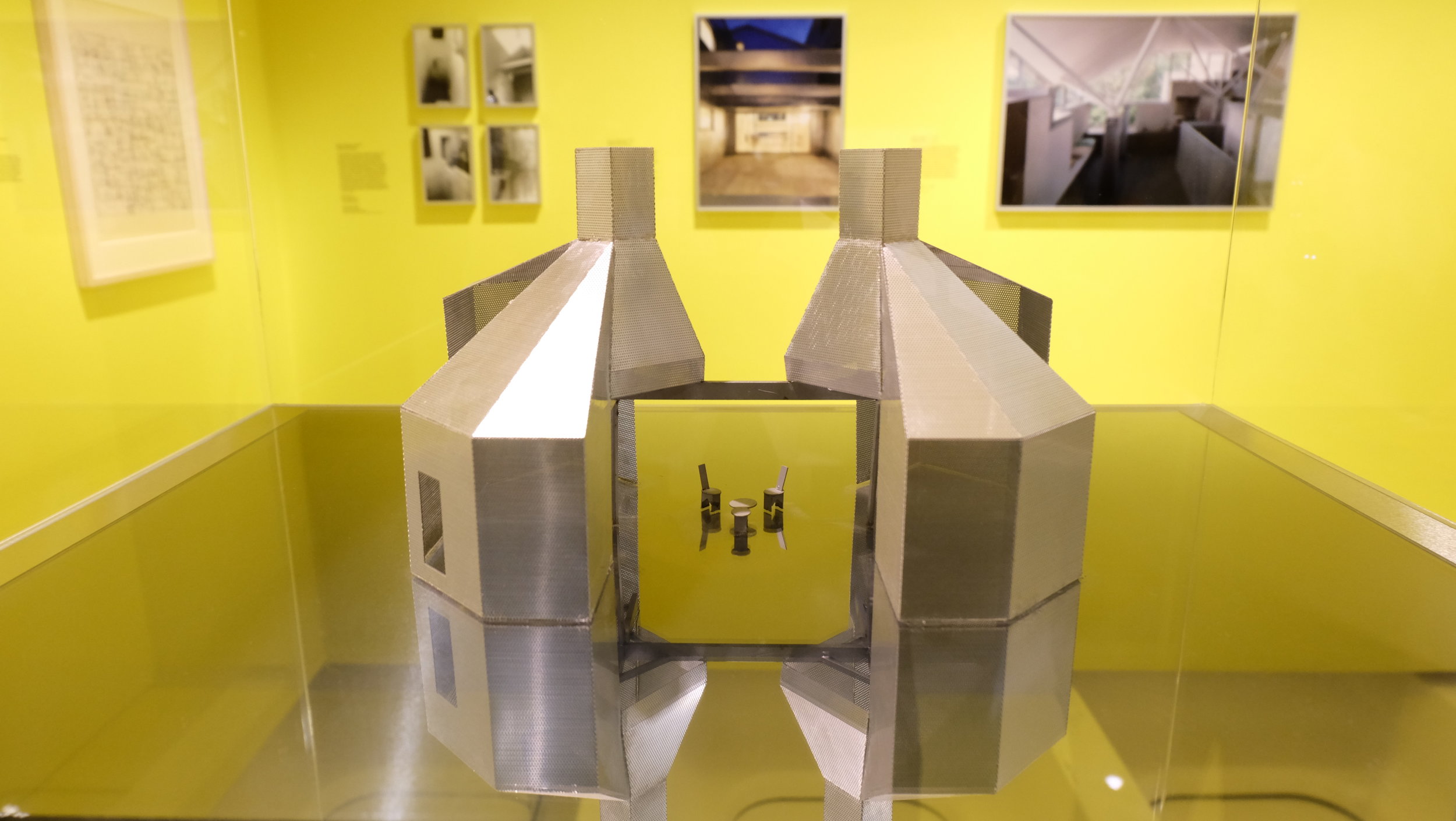
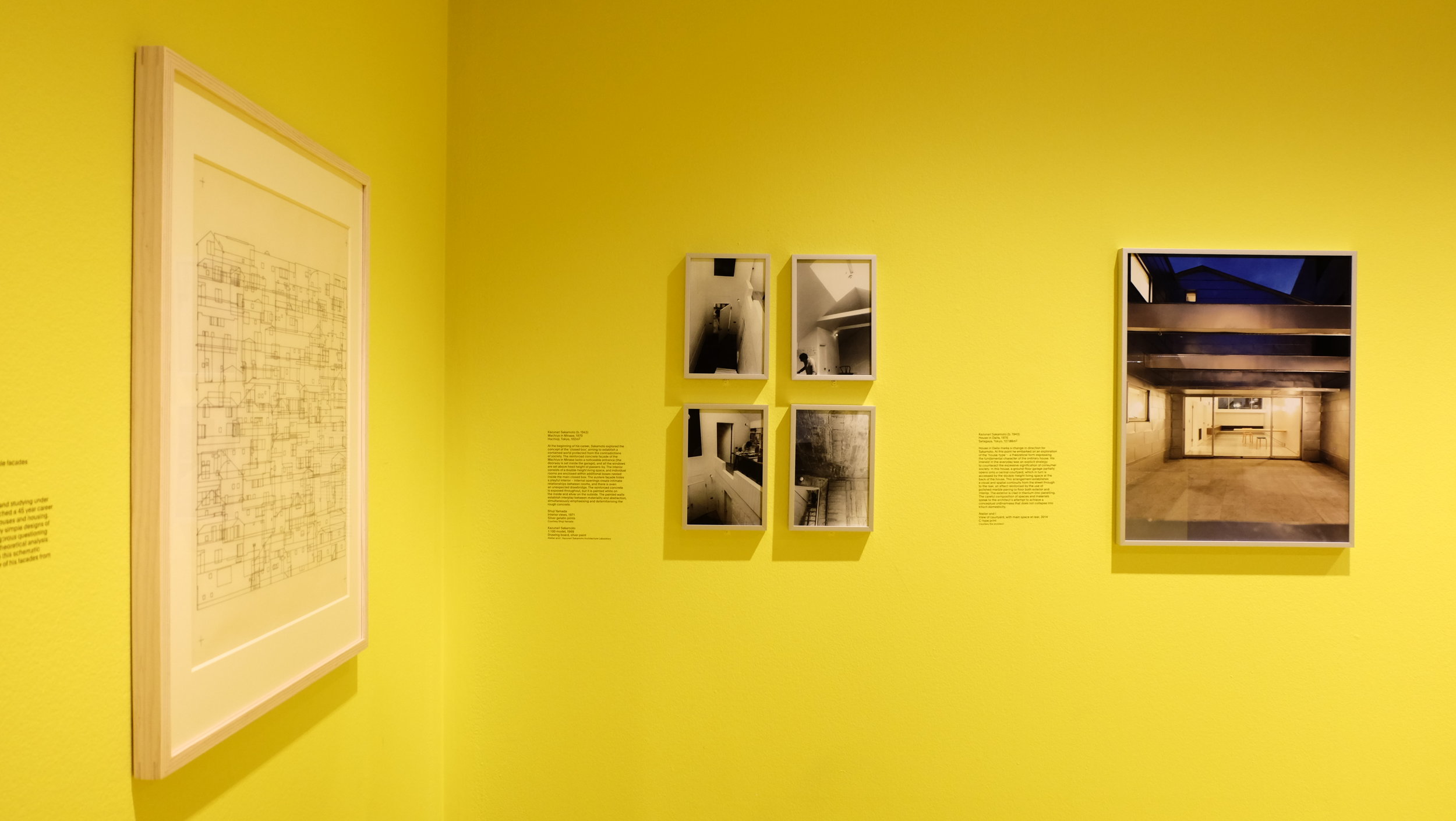
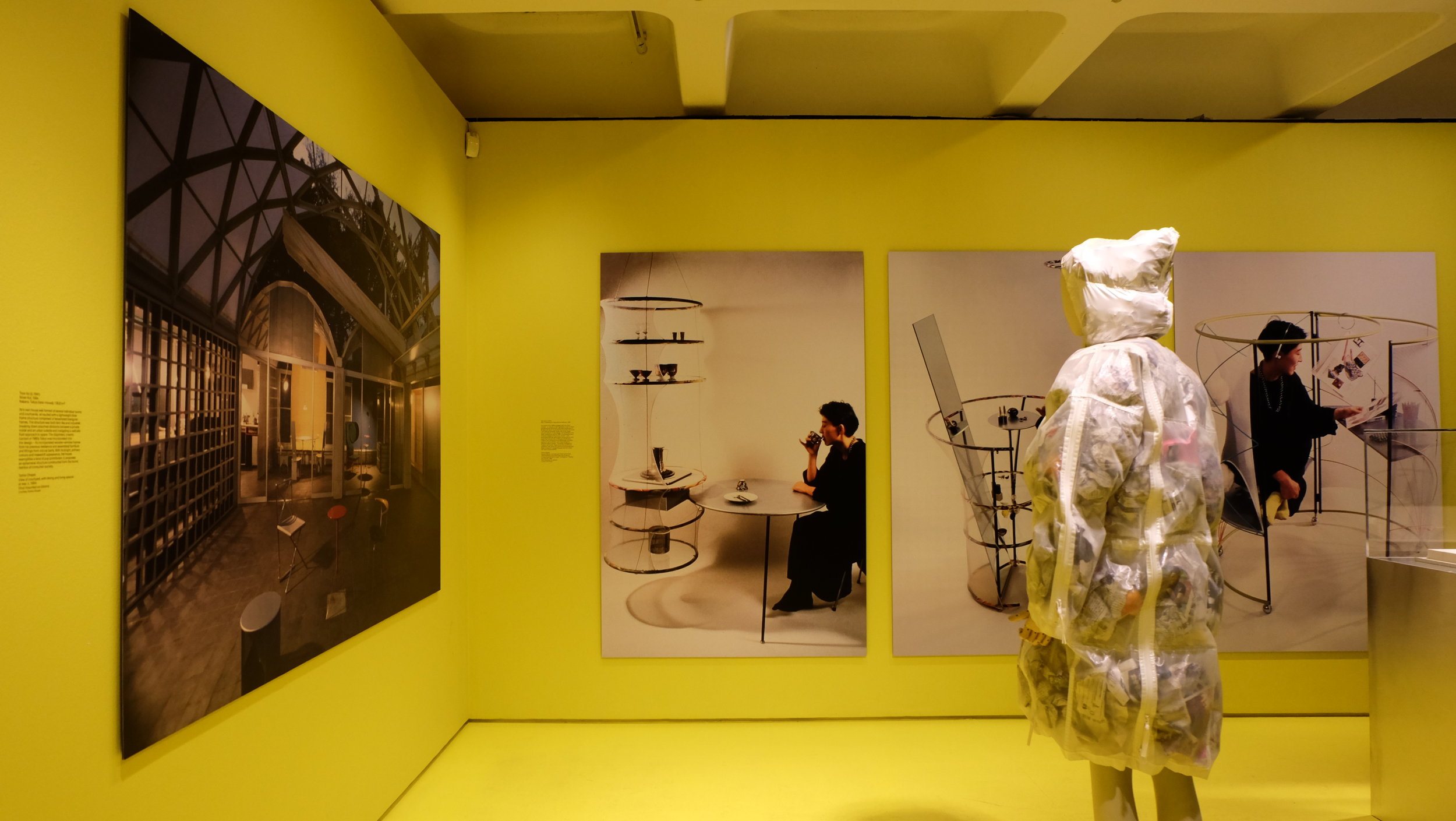
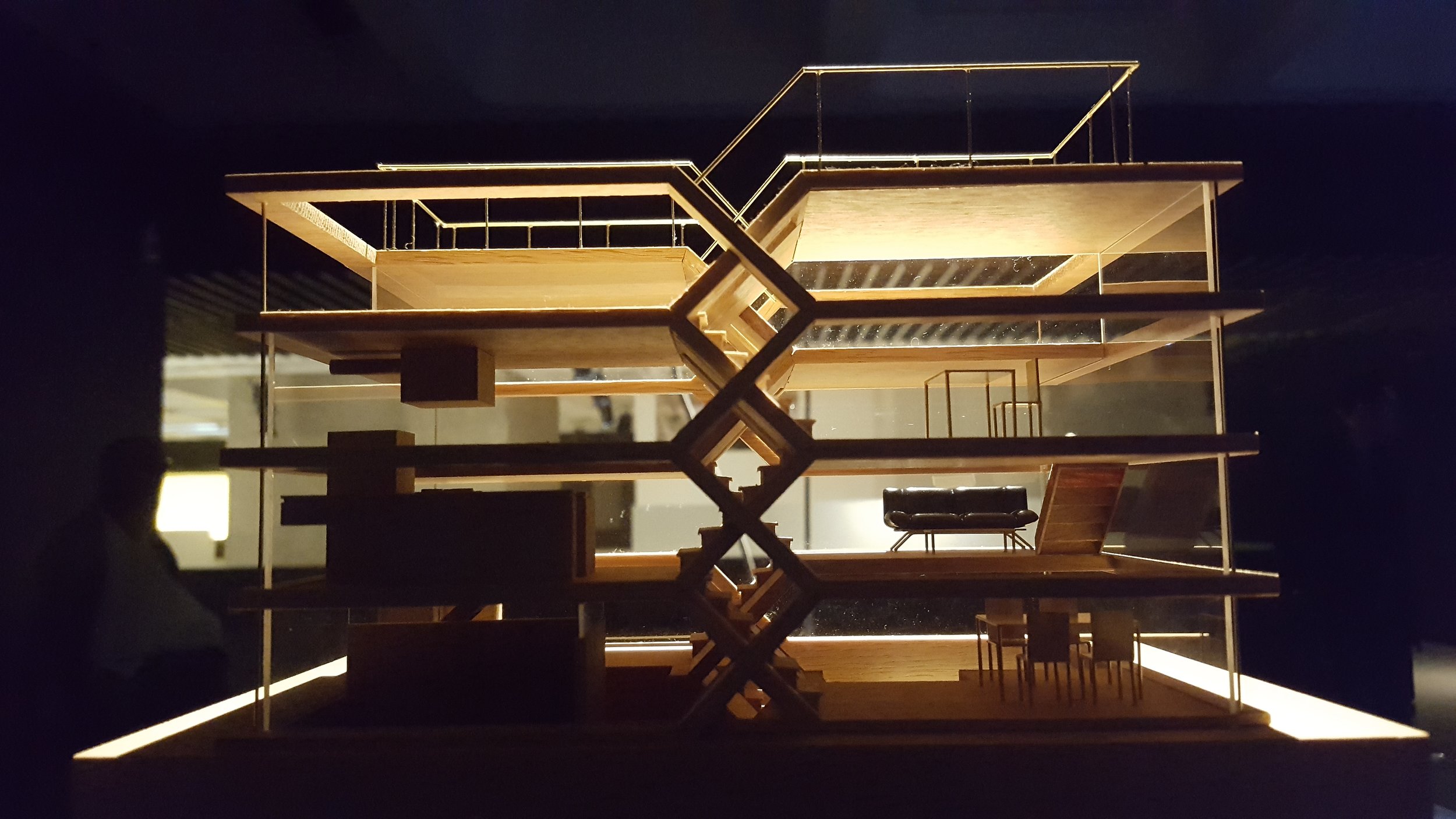
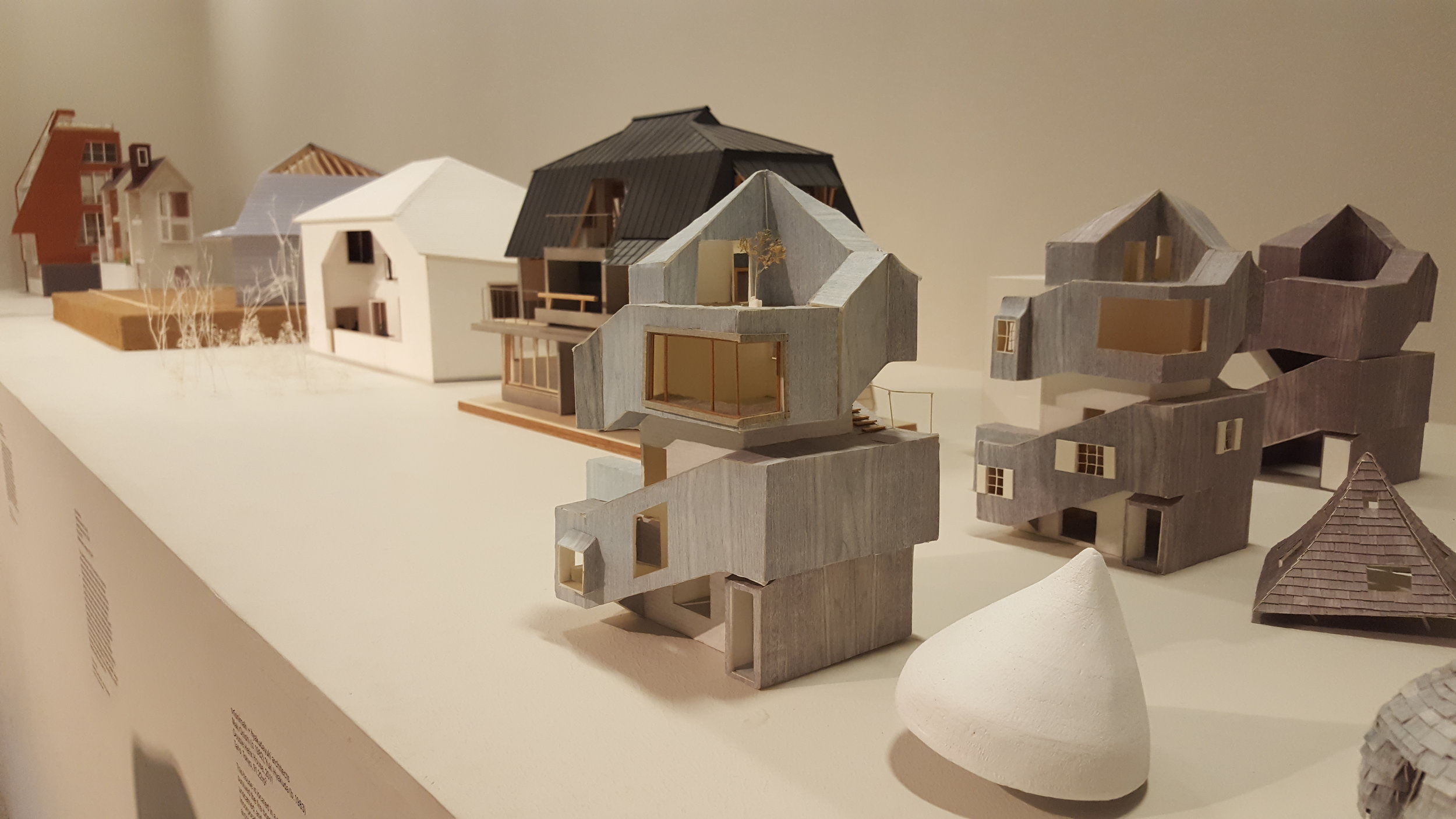
Architectural exhibitions are always fascinating and an eye-opener, and the Japanese House did a great job presenting itself to the public with interactive spaces and story-telling!
The Japanese House: Architecture and Life after 1945 at Barbican Art Gallery until 25 June. Tickets are £14.50 for adults, concessions available.
Architects featured:
Takefumi Aida, Tadao Ando, Atelier Bow-Wow, Takamitsu Azuma, dot architects, Hiromi Fujii, Terunobu Fujimori, Sou Fujimoto, Itsuko Hasegawa, Go Hasegawa, Kiyoshi Ikebe, Ikimono Architects, Kumiko Inui, Junya Ishigami, Osamu Ishiyama, Toyo Ito, Yuusuke Karasawa, Kiyonori Kikutake, Chie Konno, Kisho Kurokawa, Kunio Maekawa, Makoto Masuzawa, Katsuhiro Miyamoto, Kiko Mozuna, Kazuhiko Namba, Hideyuki Nakayama, Ryue Nishizawa (SANAA), Katsuhiko Ohno, Keisuke Oka, onishimaki + hyakudayuki, Antonin Raymond, Junzo Sakakura, Kazunari Sakamoto, Kazuyo Sejima (SANAA), Kiyoshi Seike, Kazuo Shinohara, Seiichi Shirai, Kenzo Tange, Tezuka Architects, Riken Yamamoto, Kazumasa Yamashita, Junzo Yoshimura, Takamasa Yoshizaka.













